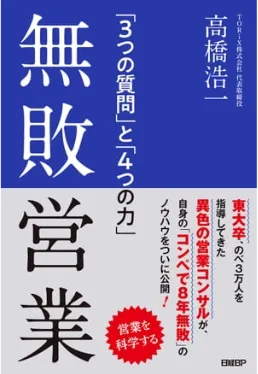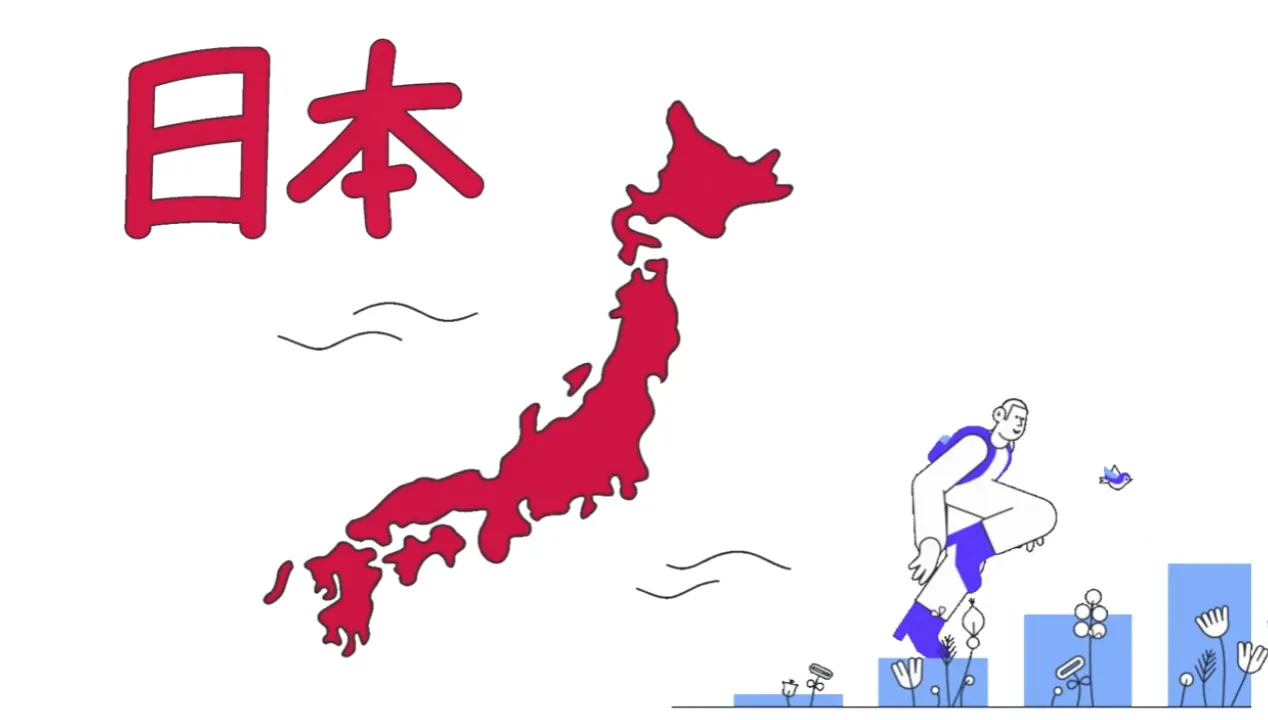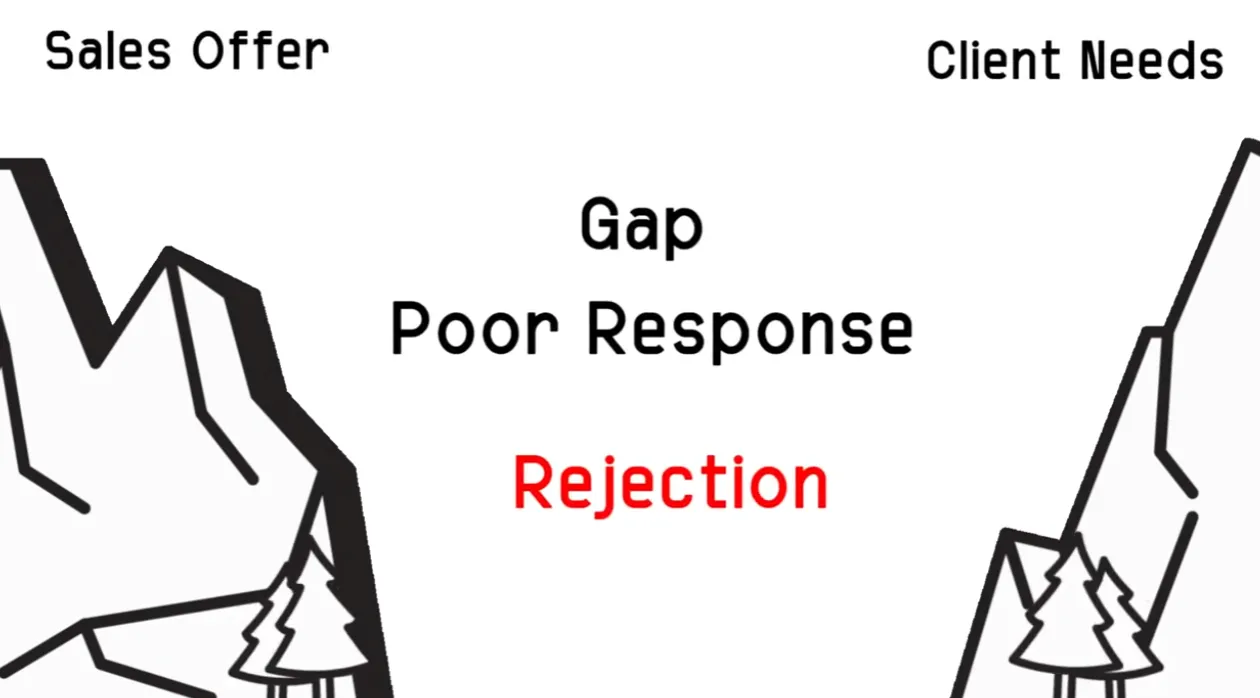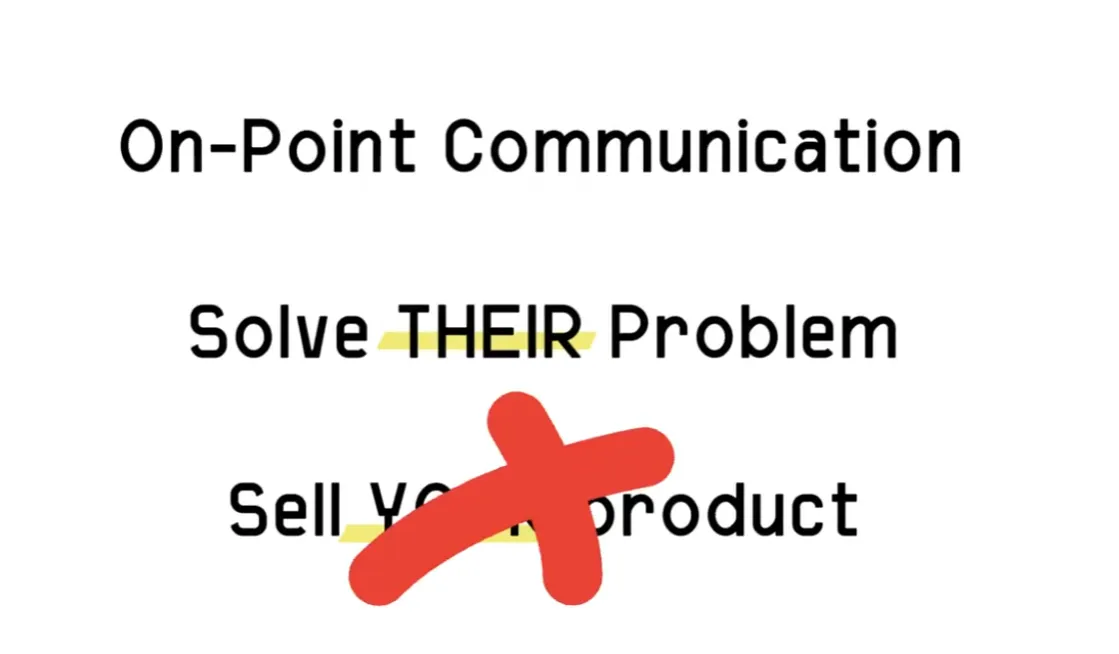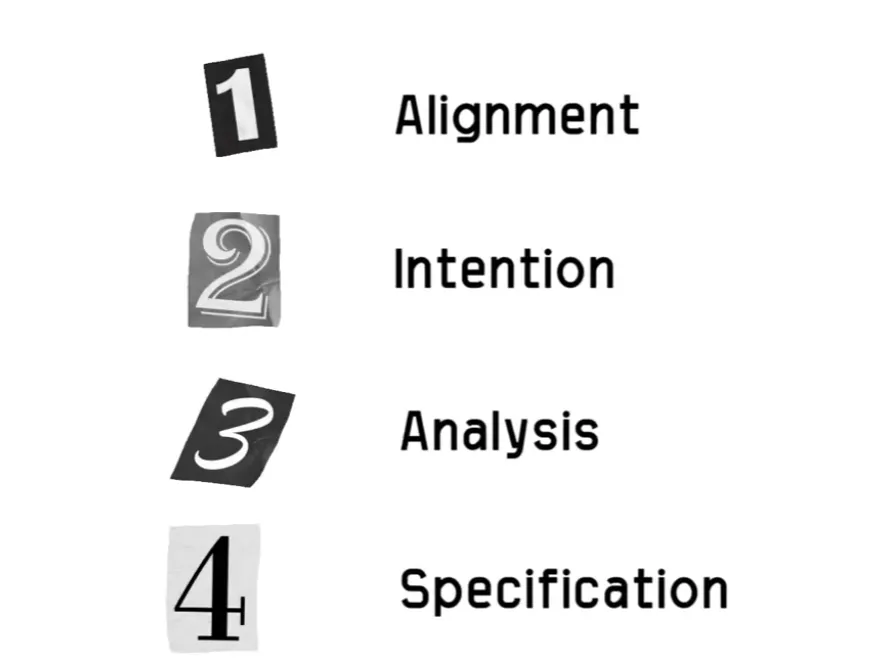June 5, 2024
Sales in Japan: Know Your Real Competitors
Identifying Your True Competitors in the Japan Sales Market
Learn how to identify your top competitors in the Japanese sales market to stay ahead of the competition. Understand who your real competitors are in Japan to boost your sales strategy.
Introduction
Today, I want to share insights on selling products and services in Japan. This discussion is based on this book that thoroughly maps out sales activities in Japan, highlights major challenges, and offers solutions for becoming a successful salesperson in this unique market.
Understanding Rejections: The Real Reason Behind No
Why People Reject Your Offer
Many people wonder what Japanese clients think during and after meetings or when exchanging emails. Japanese people often don't clearly express their thoughts, especially feedback on products, services, pricing, and timing—all crucial for accelerating the sales process.
In Japan, there is a concept called "honne tatemae," which means the real reason versus the superficial reason. Even for Japanese people, distinguishing between the two can be challenging. Superficial reasons often cited for rejections include a competitor’s better price or an unsuitable proposal. However, the real reasons usually involve concerns about ROI, poor response, or the current vendor being perceived as better than what you’re offering.
The Importance of Communication
Poor response is a critical factor in this context. Effective communication is fundamental to sales activities. If you respond poorly, both externally and internally, you are likely to miss out on clients. Miscommunication or inadequate responses often lead clients to misunderstand the potential ROI, contributing to their decision to reject your offer.
Bridging the Gap
The Communication Gap
The gap in sales often revolves around poor response. Good sales practices are defined by understanding the client's intentions and proposing solutions that match their needs. In Japan, new sales often involve acquiring new customers rather than maintaining existing ones.
Data shows that companies value on-point conversations and an attitude of actively solving customer issues. Poor responses, such as late replies or irrelevant answers, create a gap between what your target customers want and what you offer. Bridging this gap requires clear, timely, and relevant communication.
Identifying the Real Competitors
Misunderstanding Customer Needs
Your worst competitors are not necessarily other companies but past salespeople who failed to understand customer needs. Clients often distrust salespeople who don't listen or pretend to listen. Self-centered salespeople who focus only on their products and services without addressing customer needs are particularly disliked.
Understanding why past companies failed is crucial for overseas businesses entering Japan. Skipping the consultation and understanding phase can lead to failure. Consider the customer's past experiences when making your proposal, not only product-wise but also in terms of their sales experience.
Engaged Listening: The Key to Success
Implementing Effective Listening Skills
Listening skills are vital for understanding customer needs and corporate directions. This book outlines four practical steps: alignment, intention, analysis, and specification.
- Alignment: Ensure you and your customer are on the same page during meetings. Recognize when the customer doesn’t understand your terms or jargon, and explain new products or services clearly.
- Understanding Intention: Understand the intention behind the customer’s questions. Misinterpreting their questions can lead to wrong answers and miscommunication. Knowing the background or reason behind their queries helps in providing accurate and relevant responses.
- Analysis: Allow the customer to talk without interruptions, especially when they use keywords related to your product. Patience is key to uncovering valuable information.
- Specification: Specify what the client said to ensure understanding. Use open, closed, optional, and what-if questions to facilitate clear and detailed responses.
Conclusion
By implementing these listening steps, you can minimize the communication gap with your clients. This approach builds strong relationships and enhances your chances of presenting the best proposal. Even if you don't win the deal immediately, clear communication and valuable feedback will improve your sales process over time.
By listening well and communicating effectively, you can overcome the client's worst sales experiences and achieve greater success in the Japanese market. I hope you find these techniques valuable and apply them in your sales efforts in Japan. Let us know how it goes!

